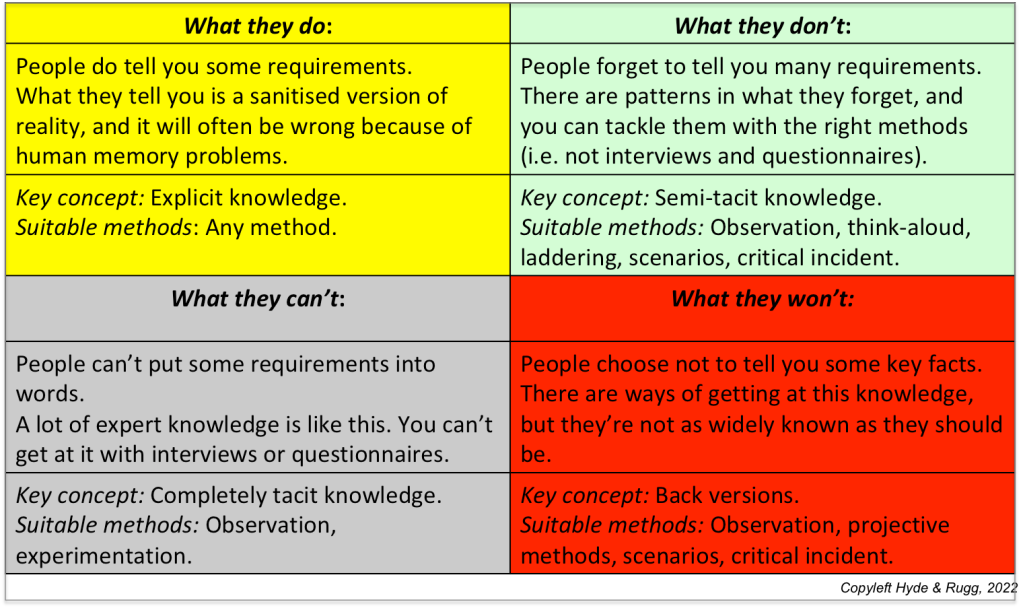By Gordon Rugg
Note: This article is a slightly edited version of an article originally posted on our Search Visualiser blog on May 17, 2012. I’ve updated it to address recent claims about how Artificial Intelligence might revolutionise research.
So what is pattern matching, and why should anyone care about it?
First picture: Two individuals who don’t care about pattern matching (Pom’s the mainly white one, and Tiddles is the mainly black one (names have been changed to protect the innocent…)

Pattern matching is important because it’s at the heart of the digital revolution. Google made its fortune largely from the simplest form of pattern matching. Computers can’t manage the more complex forms of pattern matching yet, but humans can handle them easily. A major goal in computer science research is finding a way for computers to handle those more complex forms of pattern matching. A major challenge in information management is figuring out how to split a task between what the computer does and what the human does.
So, there are good reasons for knowing about pattern matching, and for trying to get a better understanding of it.
As for what pattern matching is: The phrase is used to refer to several concepts which look similar enough to cause confusion, but which are actually very different from each other, and which have very different implications.
Continue reading →








